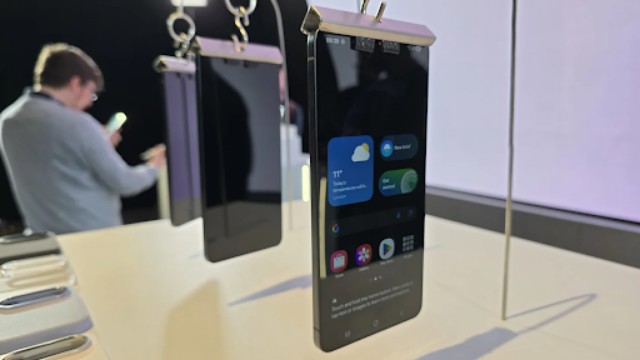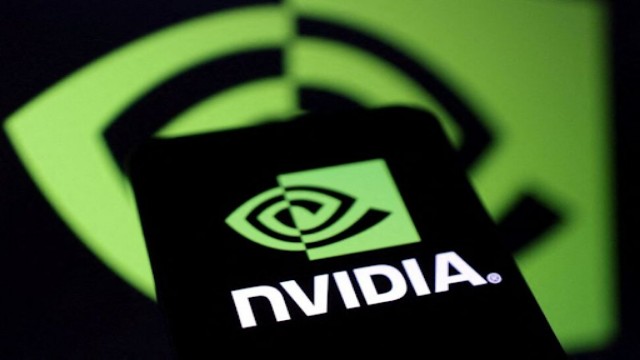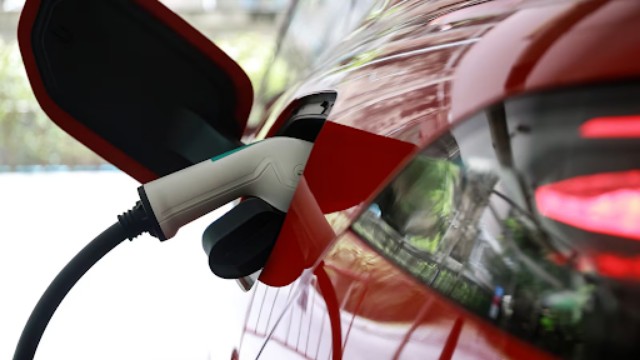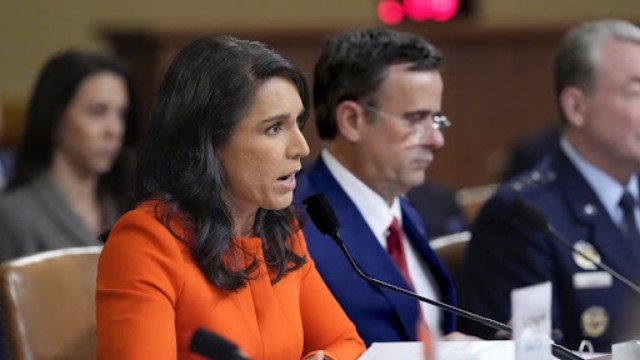
Michael Musandu, a co-founder and CEO of AI fashion company Lalaland.ai, poses for a portrait in Amsterdam, Netherlands, Friday, March 8, 2024. In March 2023, iconic denim brand Levi Strauss & Co. announced that it would be testing AI-generated models produced by the Amsterdam-based company to add a wider range of body types and underrepresented demographics on its website.
In the realm of fashion, a new trend is emerging, one that blurs the line between reality and virtuality. London-based model Alexsandrah has stepped into the spotlight not alone, but with a digital twin crafted by artificial intelligence. This virtual counterpart has seamlessly integrated into Alexsandrah's career, even standing in for her in photo shoots, with both versions receiving recognition and payment akin to human models.
For Alexsandrah, the resemblance between herself and her AI creation extends to the minutest details, right down to their "baby hairs." This development underscores the transformative impact of AI on creative fields, prompting reflection on how individuals in these industries are compensated.
Advocates argue that AI-driven models diversify representation, showcasing a broader spectrum of body types and ethnicities. This inclusivity, they say, enables consumers to make more informed purchasing decisions, potentially reducing fashion waste from returns. Moreover, digital modeling presents cost-saving opportunities for companies and opens doors for tech-savvy individuals seeking employment in the sector.
However, detractors voice concerns about the ramifications of this shift. They fear that reliance on digital models could marginalize human talent, displacing not only models but also makeup artists and photographers. There's also the risk of consumers being misled into believing AI models are real, potentially allowing companies to fulfill diversity quotas without substantive action.
Sara Ziff, a former model and founder of the Model Alliance, highlights the potential exacerbation of existing inequalities, particularly for women of color who already face barriers in the industry. The promise of AI, she suggests, could undermine hard-won progress.
The controversy surrounding AI in fashion came to a head when Levi Strauss & Co. announced plans to integrate AI-generated models into its marketing. The move was met with backlash, prompting Levi's to clarify its commitment to live models and diversity initiatives.
While some major retailers remain tight-lipped about their use of AI models, companies like Lalaland.ai are finding a niche for their technology. Lalaland.ai's co-founder Michael Musandu emphasizes that AI models are meant to complement, not replace, traditional photo shoots. By offering a range of models, the technology aims to enhance the shopping experience while reducing waste.
For Alexsandrah, whose digital twin has helped elevate her profile, the collaboration represents a forward-thinking approach to representation. Yet, concerns persist among models like Yve Edmond, who question the ethics of AI utilization without proper consent and compensation.
In the absence of regulatory frameworks, organizations like the Model Alliance advocate for greater transparency and legal protections for fashion workers. Proposed legislation in states like New York seeks to safeguard models' rights in the digital realm, ensuring fair compensation and consent protocols.
Ultimately, the debate over AI's role in fashion reflects broader tensions between innovation and equity. While some embrace the possibilities AI offers, others remain steadfast in their commitment to human talent and ethical standards. As the industry navigates these complexities, the question remains: How can technology be harnessed responsibly to foster inclusivity without erasing the contributions of real people?















